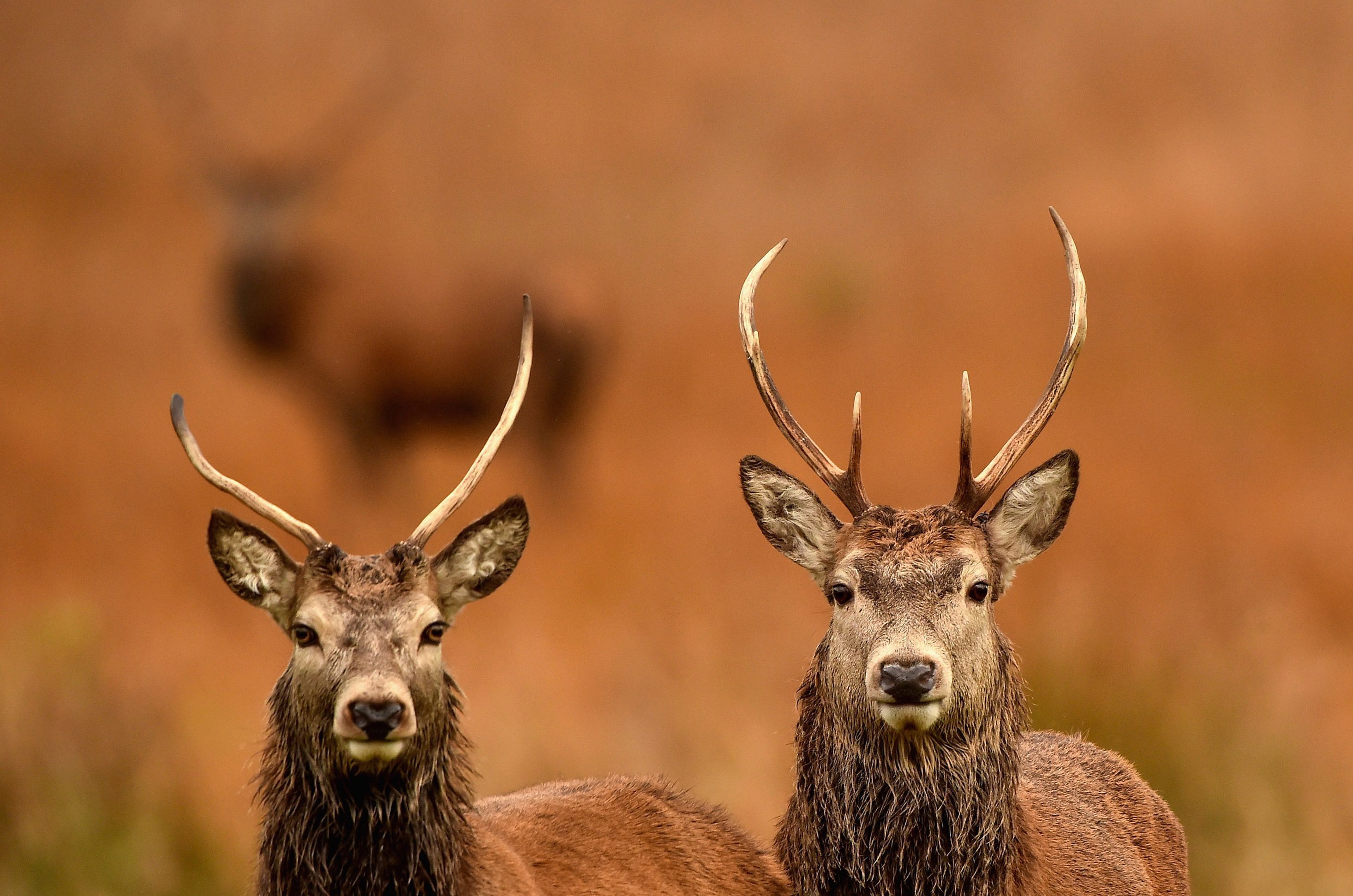Scotland’s indigenous forests are more under threat from non-native tree species than deer, according to new research.
In a bid to shift the blame from sporting estates which came under fire recently, the Scottish Gamekeepers Association has called for an end to “tunnel vision”, claiming all factors affecting woodland condition should be considered — not just deer.
They say that a new analysis of a multi-million pound study into Scotland’s native woods shows it downplayed the threat of non-native trees, focusing chiefly on deer damage.
The Native Woodland Survey of Scotland (NWSS), undertaken by Forestry Commission Scotland and analysed by Scottish Natural Heritage (SNH), was hailed as Scotland’s most authoritative stock-take of native forests.
It concluded 54% were in unsatisfactory condition, the principal cause being “excessive browsing and grazing”, mainly by deer.
This led to environmental groups angrily rounding on sporting estates for keeping deer numbers high for deerstalking, damaging the environment as a result.
Environment Minister Roseanna Cunningham will now decide in 2017 whether tougher laws are required to force deer managers to meet strict cull plans, with 2020 biodiversity targets pivotal.
However, new analysis, published in the Scottish Forestry journal, claims thousands of hectares of ancient woodlands, classed unsatisfactory due to exotic tree planting, were omitted from the survey, despite being assessed.
The author of the new analysis, Victor Clements, an executive member of the Association of Deer Management Groups, said: “When the Planted Ancient Woodland Sites (PAWS) area is added, it becomes apparent the greatest threat (to native woodlands) in terms of area, is actually non-native tree species, not herbivore impacts, although the order of magnitude is broadly the same.”
A spokesperson for Forestry Commission Scotland, said: “We are always interested in new analysis of woodland data. This is an interesting new report which analyses herbivore impacts in a new way, combining information from Deer Management Groups and the Native Woodland Survey of Scotland (NWSS).
“However it would be incorrect, as suggested in the postscript of the report, to use this data to amend the findings of the NWSS.
“Both data sets are complex and care should be taken when considering them together.”










